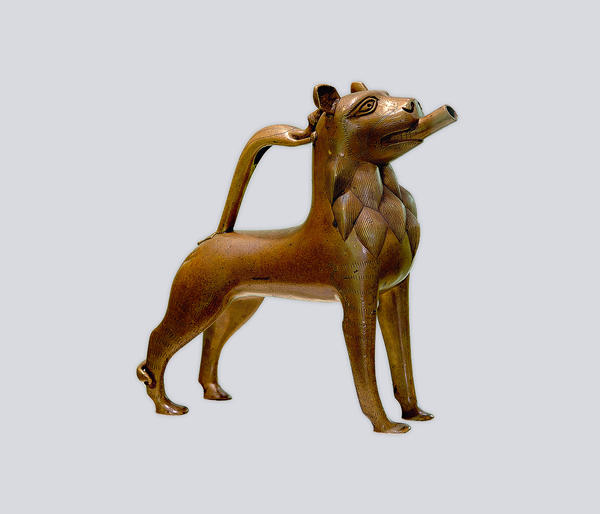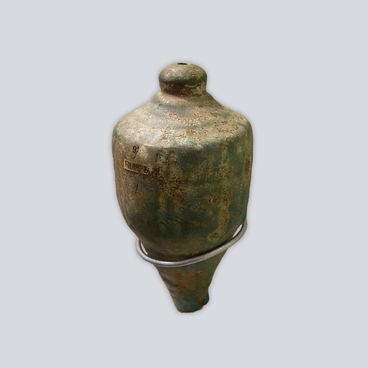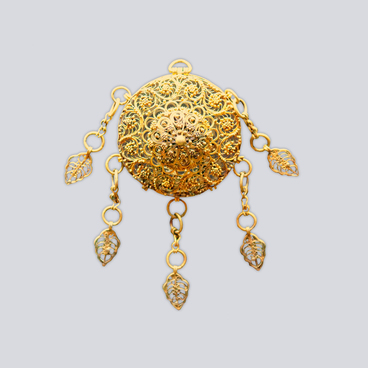Aquamanales or hand washers are containers made of clay, copper or bronze shaped as various animals, people and even mythical creatures, for example, dragons, mermaids, unicorns, dogs or horse riders. Such vessels could hold up to 10-12 liters.
Aquamanale
Время создания
First half of the 14th century
Размер
25,3x25x8,2 cm
25.3x25x8.2 cm
25.3x25x8.2 cm
Техника
Bronze, lost wax casting, soldering, engraving
Выставка
4
Открыть в приложении#1
Aquamanale
#2
#3
The name aquamanale comes from the Latin words aqua - water - and manus - hand. In Russia, hand washes were often called Water Pourers.
#4
The Middle Ages were the times that witnessed the greatest demand for such figured vessels. They were initially used by Catholic priests who washed their hands during mass, and since the 13th, aquamanales became indispensable attributes of feasts in knightly castles. After each change of dishes an aquamanale was passed around the table so that the guests could wash their hands.
#5
Hand washers sometimes served as symbols of the financial position and well-being of their owners. Archaeologists have discovered aquamanales made of gold, decorated with precious stones, which were too large and heavy to be used for washing.
The centres of European aquamanale production were located in what is now the Netherlands, France, Belgium, Denmark and Sweden. The aquamanales that were produced in German workshops were considered the most exquisite ones.
#6
Each aquamanale was truly unique, because they were cast in the technique of lost wax. The model for hollow figures was made of wax, which was heated in the process and flowed out of the foundry mold, being replaced by metal. And even the most talented master could not create two identical models.
#7
The hand washer presented in the exhibition, was created in the 14th century by a master from the Saxon town of Hildesheim. The vessel is shaped as a lion, standing in a confident posture. The jeweler executed the wild animal’s face with great detail: the rounded ears, the mane with magnificent strands and almond-shaped eyes of the Egyptian type. One can pour water into the lion through the hole on the top of its head, covered with a lid on the hinges, and the liquid flows out through the spout protruding from the animal’s mouth.
#8
The lion was one of the most common symbols, including the heraldry, in the Middle Ages. It epitomised power and courage, generosity and steadfastness, nobility and vigilance.
#9
National Museum of the Republic of Tatarstan
читать дальшескрыть
00:00
00:00
1x
Aquamanale
Время создания
First half of the 14th century
Размер
25,3x25x8,2 cm
25.3x25x8.2 cm
25.3x25x8.2 cm
Техника
Bronze, lost wax casting, soldering, engraving
Выставка
4
Открыть в приложении
Поделиться



